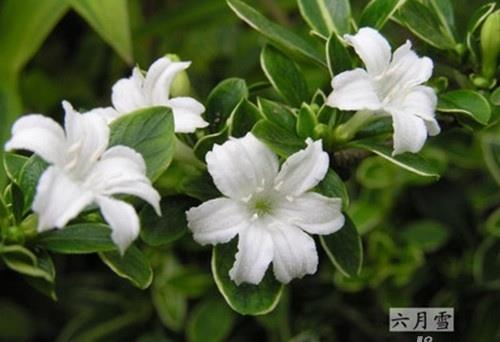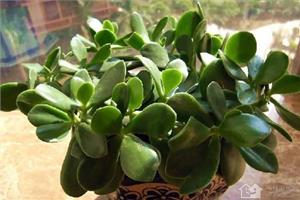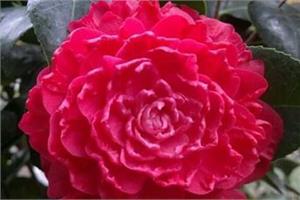Matters needing attention on how to cultivate June Snow
June snow, like its name, is as pure and white as snow and is very beautiful. The snow in June must be taken good care of in order to see its most prosperous scene. Let's take a look at how to breed June snow and the precautions for breeding June snow.
1: transplant into the pot
Generally speaking, February to March is the best time for transplanting, of course, Meiyu and late autumn are also good seasons. When transplanting, the pot chosen is purple sand basin and glaze basin, and the basin color should be dark, which can form a sharp contrast with the flower color. The basin soil is required to be sandy, which should be loose and rich in organic matter and good drainage. In addition, in the choice of fertilizer, pine needle soil, humus soil and peat can be mixed with each other, and about 10% rice husk ash should be added.
2: water and fertilizer management
The water and fertilizer management of snow in June should be suitable, not too dry or too wet, keep an appropriate amount of water in basin soil, reduce watering times in winter, and generally spray water on leaves for 1-2 times in summer. In addition, April to May is the best time to apply fertilizer, which can be irrigated with 0.5% phosphate and potassium fertilizer, and can be re-fertilized in winter to irrigate thin organic fertilizer. Heavy fertilizer is a big taboo.
3: light and temperature requirements
June snow likes sunshine, warmth, moisture and ventilation. Therefore, maintenance should be carried out in these conditions during the growing season. Summer should be properly shaded, must not be exposed to the sun, winter should be moved indoors, to maintain a certain temperature, such as 5 to 12 degrees Celsius.

4: turning basin and pruning
Turning the basin every other year can make the soil more loose and suitable for plant growth. At the same time, the removal of the old soil and proper pruning of the roots can also improve its ornamental value. In winter, plastic pruning should be carried out, long and short branches should be trimmed, and sparse and dense branches should be trimmed, which can not only remove messy branches and leaves, improve the aesthetic sense of ornamental, but also cut off the branches and leaves of diseases and insect pests. At the same time, through heart-picking, sprouting, removing branches, etc., to maintain a certain shape, elegant and moving.
5: pest control
Snow in June generally has fewer diseases and insect pests, and occasionally there are aphids. At this time, you can use wind oil essence spray, you can kill aphids, but the concentration should not be too high, dilution 500 to 600 times is more appropriate. In addition, root rot sometimes occurs. At this time, it is irrigated with 800x solution of Gen Fuling or 600x-1000 times of 12% oleic acid copper EC and sprayed every other time for three times in a row.
The above is the introduction of this article, I believe you have a simple understanding after reading it, if necessary, you can continue to pay attention to the No. 1 home network for more information.
Related
- Wuhan Hospital Iron Tree Blooming Result Was Instantly Frightened by the Gardener Master
- Which variety of camellia is the most fragrant and best? Which one do you like best?
- What is the small blue coat, the breeding methods and matters needing attention of the succulent plant
- Dormancy time and maintenance management of succulent plants during dormancy
- Minas succulent how to raise, Minas succulent plant pictures
- What are the varieties of winter succulent plants
- How to raise succulent plants in twelve rolls? let's take a look at some experience of breeding twelve rolls.
- Attention should be paid to water control for succulent plants during dormant period (winter and summer)
- Watering experience of twelve rolls of succulent plants
- Techniques for fertilizing succulent plants. An article will let you know how to fertilize succulent plants.



